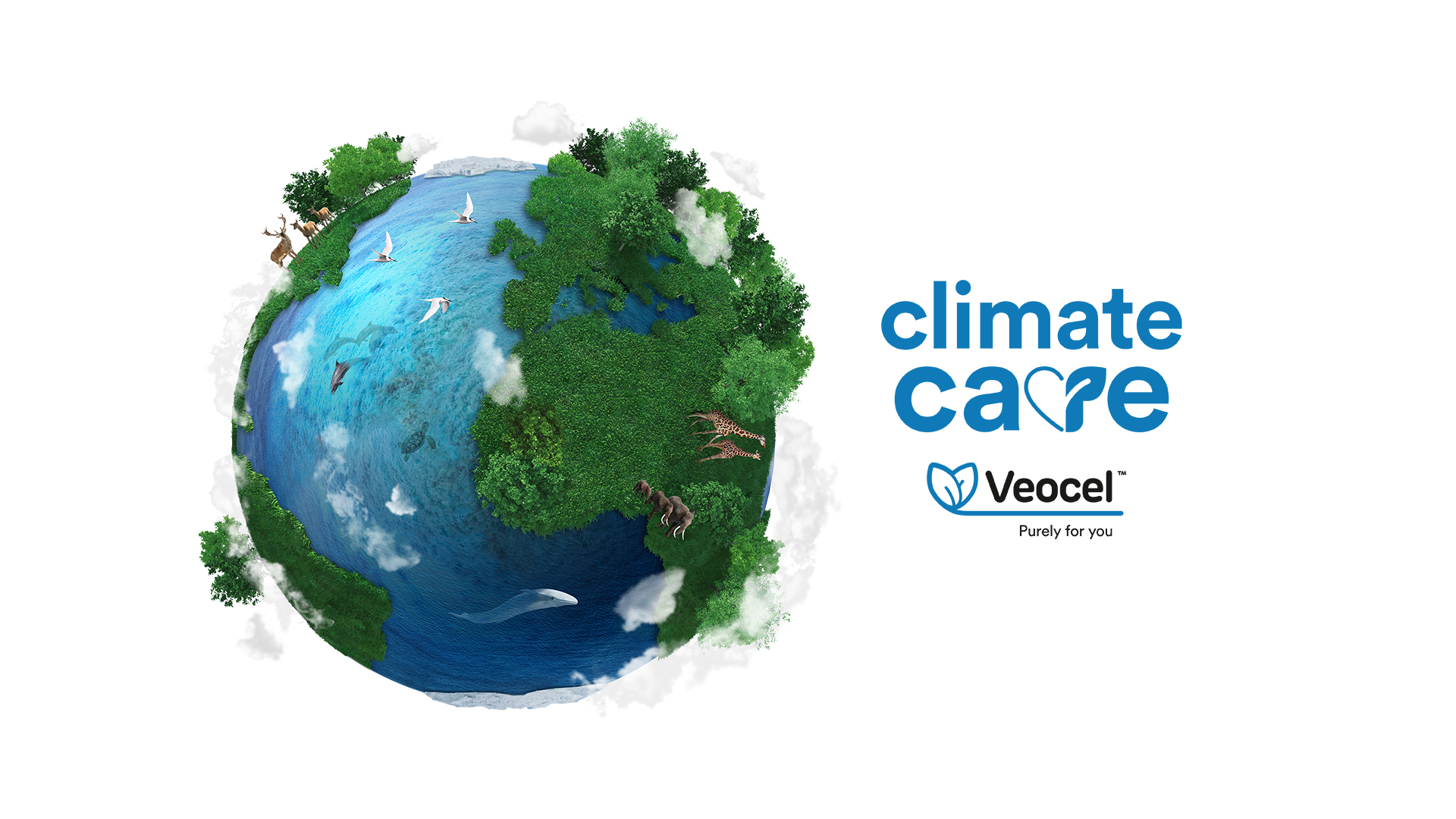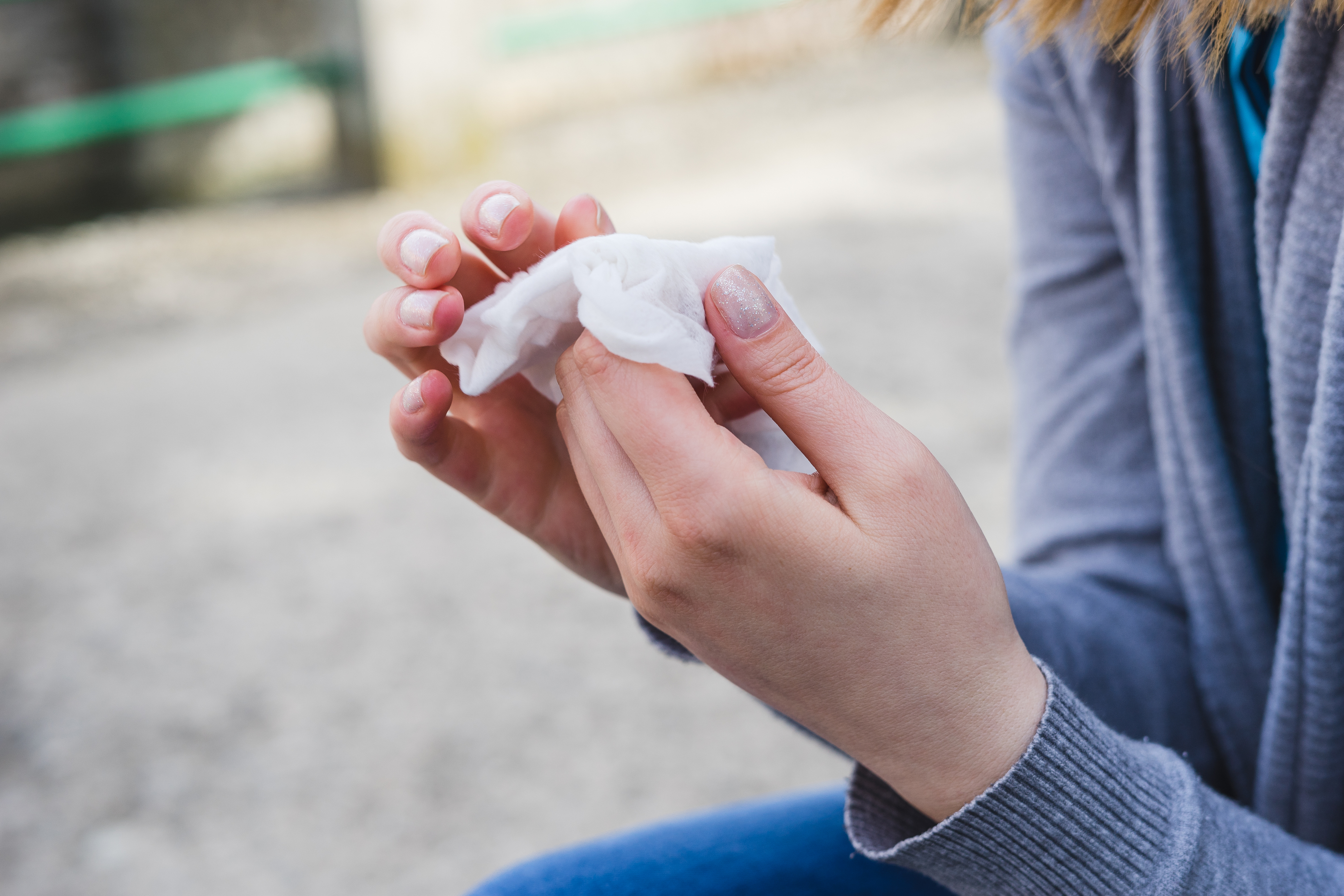Globally, the use of plastics has shot up from around 5 million metric tons in the 1950s to more than 330 million metric tons in 2020. According to the World Bank, plastics comprise about 5–12% of the world’s total waste generation (20–30% by weight). There has been an alarming rise in the use of plastics despite the fact they can take hundreds or thousands of years to decompose and wreak havoc on the environment.

Sustainable Living
How much plastic is part of our daily life and how we can avoid it.




















































